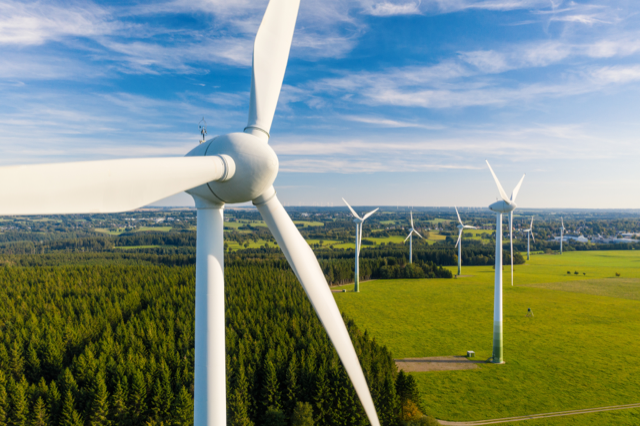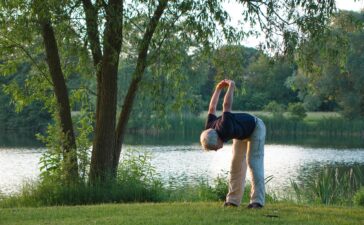Wind farms are large facilities that consist of turbines that generate electricity from the wind. The turbines are arranged in a grid pattern, and the wind blows through the blades, causing them to spin. This spinning motion turns a generator, which produces electricity. The electricity is then sent through power lines to homes and businesses. Wind farms can be located onshore or offshore, and they vary in size, with some consisting of just a few turbines while others have hundreds. Wind farms have become increasingly popular in recent years as a source of renewable energy. Although they do require an initial investment, they are a clean and efficient way to generate electricity, and they produce no greenhouse gases or other emissions. In addition, wind energy is free once the facility is built, making it an attractive option for many countries.
The history of wind power
The use of wind power is thought to date back to the 7th century BC when sailboats were first used to harness the power of the wind. In the following centuries, windmills were developed to grind grain and pump water. By the late 19th century, windmills were also being used to generate electricity. The first successful wind turbine was built in 1887 by Scottish engineer James Blyth. However, it was not until the 1970s that wind power began to be used on a large scale. In 1981, the world’s first commercial wind farm was built in Massachusetts, United States. Since then, the use of wind power has grown rapidly, with over one million turbines now in operation around the world. Wind energy is one of the most sustainable sources of energy available, and its usage is only likely to increase in the coming years.
The benefits of wind farms
Wind farms have become increasingly popular in recent years as a source of renewable energy. There are many benefits to wind farms, both for the environment and for the economy. One of the most important environmental benefits of wind farms is that they emit Zero greenhouse gases. This is compared to traditional power sources such as coal which release large amounts of greenhouse gases into the atmosphere. As a result, wind farms can help to reduce our carbon footprint and slow down climate change. In addition, wind farms require less land than other forms of energy generation such as solar farms. They also have relatively low maintenance costs and can create jobs in rural areas. For these reasons, wind farms are an increasingly attractive option for countries looking to move away from fossil fuels.
How wind turbines are made
Wind turbines are increasingly common sights in the landscape, but how are they made? The process begins with the construction of the turbine’s tower. The tower is usually made from steel, which is then bolted or welded together. Once the tower is complete, the blades are attached to the rotor. The blades are made from a variety of materials, including wood, fiberglass, and carbon fiber. They are designed to spin quickly while remaining strong enough to withstand the force of the wind. Finally, the nacelle, which houses the turbine’s motor and generator, is mounted on top of the rotor. This assembly is then lifted into place and connected to the electric grid. Once operational, a wind turbine can generate enough electricity to power hundreds of homes.
Different types of wind turbines
There are a variety of wind turbines in use today, each designed for a specific purpose. The most common type of turbine is the horizontal-axis wind turbine (HAWT), which has blades that rotate around a vertical shaft. These turbines are typically used in large wind farms, as they can generate a lot of power. Another type of turbine is the vertical-axis wind turbine (VAWT), which has blades that rotate around a horizontal shaft. These turbines are often used in urban areas, as they are less obtrusive than HAWTs. There are also offshore wind turbines, which are used to generate electricity from the wind blowing over oceans and lakes. These turbines are typically much larger than land-based turbines, as they need to be able to withstand the harsh conditions at sea. No matter what type of turbine is used, they all rely on the same principle: harnessing the power of the wind to generate electricity.
The future of wind power
Thanks to advances in technology, wind power is becoming increasingly efficient and cost-effective. In the past, wind turbines were often large and bulky, making them expensive to build and maintain. However, newer turbines are more compact and efficient, making them a more viable option for both commercial and residential use. Additionally, the availability of wind power has increased in recent years, as more and more countries are investing in wind farms. As a result, the future of wind power looks bright. With continued advancements in technology and increasing government support, wind power is poised to become a major player in the global energy market.









